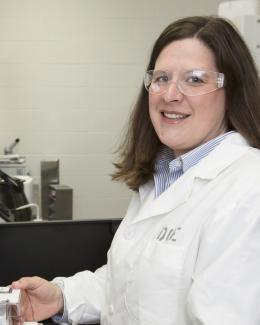Abstract
Organisms regulate gene expression in response to the environment to coordinate metabolic reactions. Clostridium thermocellum expresses enzymes for both lignocellulose solubilization and its fermentation to produce ethanol. One LacI regulator termed GlyR3 in C. thermocellum ATCC 27405 was previously identified as a repressor of neighboring genes with repression relieved by laminaribiose (a β-1,3 disaccharide). To better understand the three C. thermocellum LacI regulons, deletion mutants were constructed using the genetically tractable DSM1313 strain. DSM1313 lacI genes Clo1313_2023, Clo1313_0089, and Clo1313_0396 encode homologs of GlyR1, GlyR2, and GlyR3 from strain ATCC 27405, respectively. Growth on cellobiose or pretreated switchgrass was unaffected by any of the gene deletions under controlled-pH fermentations. Global gene expression patterns from time course analyses identified glycoside hydrolase genes encoding hemicellulases, including cellulosomal enzymes, that were highly upregulated (5- to 100-fold) in the absence of each LacI regulator, suggesting that these were repressed under wild-type conditions and that relatively few genes were controlled by each regulator under the conditions tested. Clo1313_2022, encoding lichenase enzyme LicB, was derepressed in a ΔglyR1 strain. Higher expression of Clo1313_1398, which encodes the Man5A mannanase, was observed in a ΔglyR2 strain, and α-mannobiose was identified as a probable inducer for GlyR2-regulated genes. For the ΔglyR3 strain, upregulation of the two genes adjacent to glyR3 in the celC-glyR3-licA operon was consistent with earlier studies. Electrophoretic mobility shift assays have confirmed LacI transcription factor binding to specific regions of gene promoters



